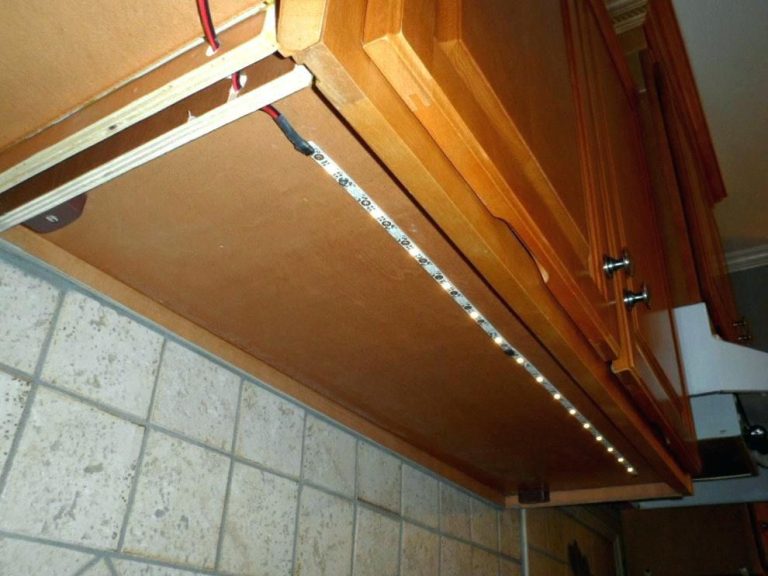A light-emitting diode (LED) strip light is basically a small circuit board panel with multiple LED lights affixed to it. You can place the strip practically anywhere you would like some additional lighting, such as under kitchen countertops, and they can be found in a variety of colors. You can even cut most strips to fit different locations in your home, and some are offered in sets that include voltage cables, remotes, and a transformer to modify the power source.
Below are the steps you’ll take to place these no-fuss lights in your home.
1. Decide Where You Desired Them Set up
This step seems intuitive, but it is essential to be sure you’ll have a power source near your preferred installation spot. There are ways to navigate having unsightly cords dangling off your wall. If you’re hoping to install cabinet lighting, for instance, you can drill a small opening to feed the wires through, hidden from visitors. Make sure the surface is smooth and steady. Areas with rough or textured surfaces such as fabric won’t allow the lights to stick well.
2. Measure the Area
Once you know where you’ll have them placed and where the power source will connect, measure how much time you want the lights to run. LED strip lights are offered in a reel from 6 feet all the way up to 48 feet or more.
3. Clean the Location
Clean the surface where you would like to place the lights with a gentle cleaner and microfiber cloth. Let the spot dry entirely before proceeding.
4. Cut the Strips
The strips are sold with pre-set copper markings, which show where it’s safe to trim them and keep their connection. You do not need particular scissors to trim the strips. Your kitchen shears will do good.
5. Connect the Wires
Connect the solderless clamp to the light strip to start with, and push down to ensure it’s secure. You can use your wire stripper to help with securing it shut. Next, pull the first inch or two of the wires apart from each other (there should be a wire for each color, plus one for power), and put them in their corresponding slot on the solderless clamp.
6. Connect the Other End of the Wires to the Controller
Strip a small piece of each wire with the wire stripper to connect it to the controller. Loosen the set screws (LED kits most frequently ask for a Phillips head screwdriver, but check the guide to confirm) on the bottom of the controller, and place the wires to their color-corresponding place on the controller. Re-tighten the screws.
7. Check the Connection
Plug the controller into the voltage transformer, which should be connected to an electrical outlet, with the input side connected to the power source to balance the pressure of your refrigerators. And check to see that the lights turn on.
8. Stick the Strips
Here’s the fun part. Take off the adhesive backing, and position the strips where you would like them to live. Press down on each part of the strip to ensure it has no air bubbles. Add fixing clips if you would like added stability so the strips remain in place. These are put down with adhesive but can also be screwed down for added security. You can also choose to install the strips inside of an aluminum channel, which will offer more sophisticated aesthetics.
9. Connect Several Strips with Connector Clips
Connector clips enable you to connect several strip lights to one another. Press one end of the strip into the clip, and shut it to secure it down. Do the exact same with the adjacent strip.
DIY vs. Hiring a Pro
While a handyperson near you or neighborhood light installer should be able to complete this job in very little time, mounting Growers Choice LED lights is an easy task that should not be difficult to do yourself if you intend to save a little money on labor expenses.

